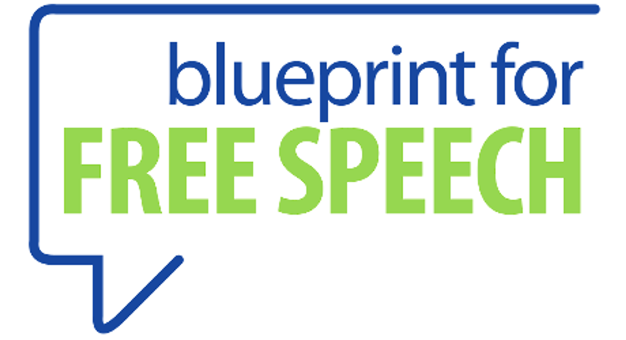European Commission unveils Media Freedom Act
Responding to the deterioration of the rule of law and media freedom in Central and Eastern Europe, concentrations in media ownership and the ongoing crisis about surveillance in EU member states, this September the European Commission has published an ambitious Draft European Media Freedom Act. Not unlike the Anti-SLAPP package published earlier this year, the proposals take the form of a draft Directive, which - if it passes the various stages of the EU legislative process – will have legal force, plus a Recommendation, with advisory status.
Launching the proposals during an EC press call, European Commission Vice President Vera Jourova told reporters that “We see a lot of worrying trends regarding media in Europe, and it’s not only a matter of one or two countries,”. She said the proposed legislation is needed “for the times we live in, not for the times we would like to live in.”
The European Commission has taken an increasingly critical line towards developments in Hungary, Poland and Slovenia – where public broadcasters have come under threat, media ownership has become increasingly concentrated in partisan hands and independent media have faced harsh treatment in the hands of national regulators. In its July 2022 Rule of Law Report, the European Commission recommended that eight member states – including Poland, Slovenia and Romania – strengthen protections for the editorial freedom of their public service media.
Nevertheless, at the launch, the Commission was keen to show that there are concerns across the board, with officials saying they see the risk of political influence on media in more than 20 member countries.
“We need to establish clear principles: No journalist should be spied on because of their job. No public media should be turned into propaganda channel,” Jourova said.
The draft European Media Freedom Act attempts to tackle many issues across the media sector. It institutes transparency requirements on ownership and on ethical self-regulation of media; protection for public service media; and new transparency, reporting, and anti-discrimination rules on the allocation of state resources such as advertising. In Hungary, state advertising has been used to reward and subsidise media that is favourable to the government.
The Commission’s proposal also builds on the Digital Services Act to oblige Very Large Online Platforms, known as VLOPs to protect media organisations’ access to online and social media. Organisations threatened with suspensions should be contacted in advance and their complaints dealt with expeditiously.
The proposals are framed as a way of regulating the media environment in a consistent way across the Union, rather than regulating the media directly. Some of the ways the Commission has sought to square this circle have drawn criticisms from media organisations.
A case in point is the proposed new European Board of Media Services, to be made up of representatives from national media regulators. The Board would be empowered to give its opinion on proposed national regulation, if asked to do so by the Commission, though its deliberations would have no binding force. It would also be able to receive complaints about breaches of editorial independence and media freedom by EU member states.
News Media Europe, a group that brings together over 240 news groups across Europe, called for the board to be scrapped, warning that it could pave the way for state control of the media and undercut media freedom. Freedom of expression organisations have also queried whether media organsiations should be given preferential treatment by VLOPs. Similar clauses were removed from the Digital Services Act.

